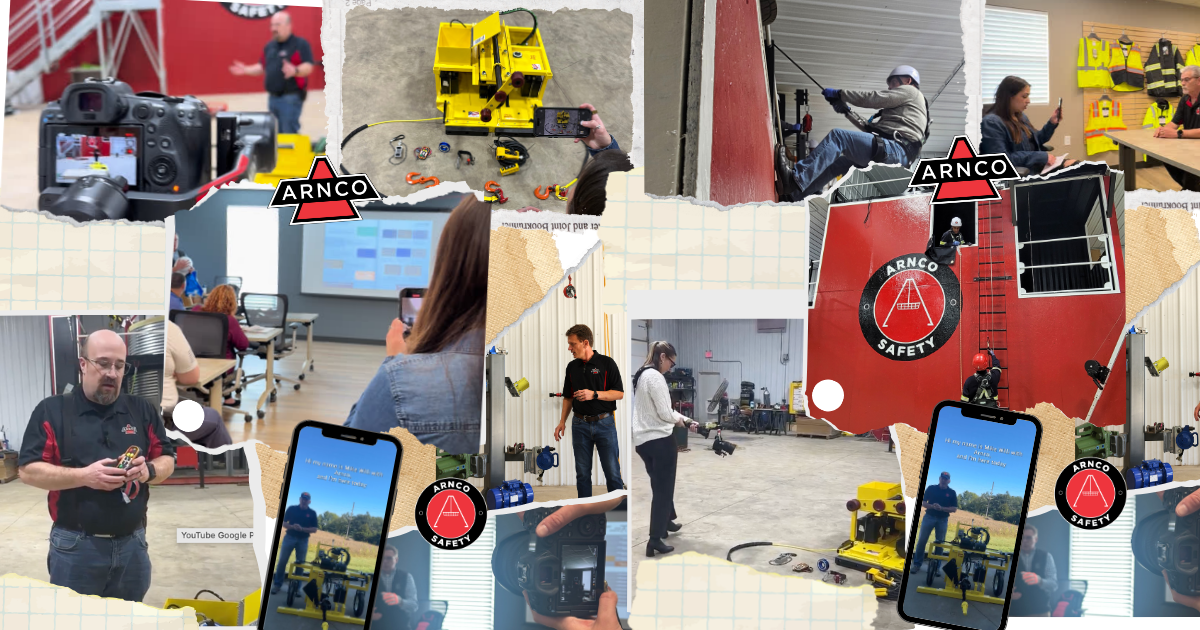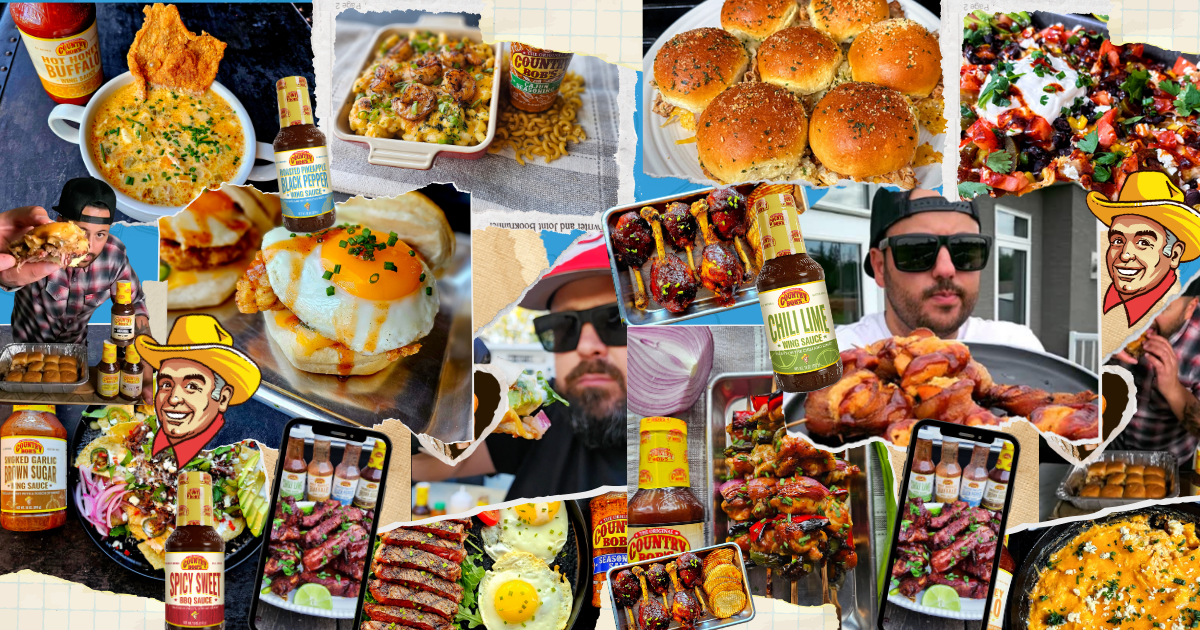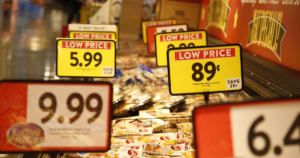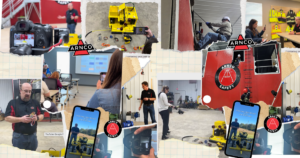If storytelling is the best way to connect with someone, content marketing is the tactic brands use to make their business more relatable and useful so they can connect with their consumers in an authentic way.
Essentially, making your content marketing strategy count is less about your brand, product and services and more about your audience. You share content that appeals to their passions, interests and needs – they keep coming back for more and tell their friends, thereby growing your community.
At Cliffedge Marketing, we work with CPG brands to grow their overall brand through shopper marketing tactics, including digital brand experiences. One of the foundational elements of that online approach is the content marketing strategy. And, while most brands have a content marketing strategy in place (84% according to SEMRush), very few are doing it right! (11% according to SEMRush)
We’ve seen that the more valuable of a content resource a brand becomes, the more likely they are to grow their audience and ultimately their sales.
Tackling the Basics of Content Marketing?
Yes, it’s important to create content via blogs, eBooks, guides, FAQs, infographics, social media, videos, courses, etc. but if there isn’t a strategy to get found online, it will just collect dust on your website.
This is where Search Engine Optimization comes in. SEO is how we attract people who use search engines to our website. We won’t cover the full scope of technical and on-page SEO, but, since 89% of marketers consider it the most effective distribution channel of their content marketing strategy according to SEMRush, it needs your focus.
It’s essential to hire someone or partner with a digital marketing agency who can develop the right keyword strategy as well as the appropriate paid and organic SEO approaches for your content to ensure it shows up in relevant search rankings for your consumers, growing your audience and sales in the process.
The Role of Content Marketing in Your Brand Strategy
Speaking of sales – it should be the end-goal of any CPG content marketing program. And while that may sound obvious to the tenacious marketer, it is still an area where most brands fall short.
The reason? Many brands lack alignment between their marketing and sales teams. Whether they never signed off on where marketing stops and sales begins or they lack the fundamental knowledge of what the other is doing, marketing and sales alignment is critical in setting up your content marketing strategy. For most marketers, content marketing is seen as an outlet to showcase their creativity while developing necessary resources, whereas most salespeople see it as a cute, but expendable line item.
When aligned these teams can work together to identify gaps in the sales process that would benefit from new marketing assets and create the proper lead handoff strategy to ensure nothing falls through the cracks.
To learn more about marketing and sales alignment or lead handoff strategies, contact Cliffedge Marketing today!
The role of content marketing evolves with new technologies, new priorities and new normals. In 2020, 94% of content marketers changed up their strategy according to the Content Marketing Institute. But before and during a pandemic, the top goal remained the same – to generate more leads.
Because of the costs involved (both in terms of time and resources) it’s important to have a solid marketing strategy in place that can maximize the impact of your content program.
What CPG Brands Need to Understand about Content Marketing
Your Customers are Transactional
Unlike consumers looking to buy a big-ticket item (like a car), the vast majority of consumers are not going to spend a lot of time engaging with or researching a CPG brand online. For example, a bag of chips is a bag of chips – there’s not much else people need to know other than the flavors available to them.
Digital media has already shortened our attention spans from 12 seconds to 8 seconds according to a Microsoft study. It gets even hairier with social media, as AdWeek reports that Facebook users spend an average of 1.7 seconds with content on their mobile, compared to 2.5 seconds on their desktop. This is a result of the abundance of information at our fingertips. The CPG shopper is fickle with loyalty and quite happy to move on to a new brand after one bad experience with yours.
To that end, it’s best to focus your attention on the user experience and deliver simple, valuable content that is built to capture attention, quality, and engagement. Our point here is to be careful investing too much money, time and staff on creating elaborate, over-produced content pieces.
We continue to recommend short, useful content in the form of gifs, videos, etc. to engage with your audience. The research from Nielsen agrees: 38% of brand recall, 23% of brand awareness and 25% of purchase intent is driven by video impressions shorter than two seconds. In this way, a quick attention span can be used to your advantage.
Your Social Media Audience Is Not Yours
As we’ve said in the past when talking about growing your social media audience, the likes and shares you get on social media belong to Facebook, Twitter, Instagram, etc. These platforms are great as a way to generate awareness and interest in your brand, but if your investment and time in creating this content doesn’t steer them back to your own website to convert them, you’re just wasting money entertaining your social audience.
A big part of your content strategy needs to focus on funneling consumers to your website and capturing their data to build your own proprietary audience.
You Must Pay to Get Seen
Thanks to visibility changes by the major social media players, organic social engagement is a thing of the past. These days you gotta pay to play if you want your content to make an impact.
The current reality: Regardless of how cool or well-produced your content may be, if you don’t pay to get it in front of the right audience, it’s unlikely anyone will see it. So, in addition to a content production budget, make sure you allocate dollars to promote your content.
Avoid Content Overload
We’ve established that content marketing has exploded in recent years, which means one thing: Consumers are overloaded with too many marketing messages!
How can you stand out in this shopper environment? We find that these three elements, when used in combination with each other, get the job done:
- Creativity – is your idea different from everything else people are seeing?
- High quality production – does your content stand out visually from the pack?
- Ad buys – are you showing up in more, better places than your competitors?
Focus on the Right Metrics for Success
How will you know you’re being successful? What KPIs or metrics should you be tracking?
When creating the content strategy for our clients, we encourage brands to focus on metrics that reflect a benefit to their business. This typically manifests in areas like web traffic, database followers and sales.
At Cliffedge Marketing, we consider five important content marketing performance metrics when measuring success for our CPG brand clients.
- Website traffic
- Social engagement
- SEO Results
- Brand awareness & reputation
- Conversions or sales
Where to Focus Your CPG Content Marketing Strategy
As you seek to improve the content marketing strategy of your CPG brand, we recommend these tactics to get the most impact from your marketing:
1. Evergreen content
- Quality content is expensive – focus on Evergreen content that has a long shelf-life and can grow your organic search value.
- Topical content should only be used if it’s important for your brand to weigh in on recent issues or want to try to make a splash and grow your audience with a trend.
2. Funneling consumers to your website
- Use relevant content to funnel consumers to your site via blogs, social, etc.
- Capture their information with gated offers like a contest or offer.
3. Multi-Use / Multi-Channel Content
- Again, content is expensive so focus on pieces that can be used (i.e. recipes, animated gifs, etc.) and reused across multiple channels (i.e. web, social, email).
4. Seasonality
- Build your content around product seasonality.
- Invest money at key, appropriate times of year to maximize the impact.
- For example: Promote ice cream products and offers in the summer when people are more inclined to be interested and buy.
5. Plan your programming around your sales team
- As mentioned earlier, the end-goal of any content marketing program is sales.
- Buy-in and input from your sales team helps create focus and provides a structure for your content needs.
With these content marketing strategies and tactics for your CPG Brand, the key to unlocking shopper engagement is all yours. As always, we would love to learn more about how digital marketing is playing into your overall shopper marketing strategy and outline any ways we can help you receive more ROI from your efforts.













